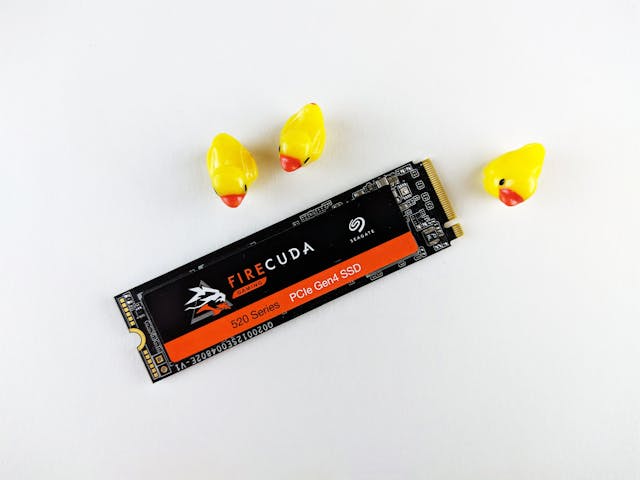In discussions about storage technology, the term M.2 often arises, typically referring to a solid-state drive (SSD) form factor that resembles a stick of chewing gum. Its compact and slim design makes it ideal for lightweight and portable devices like laptops, notebooks, NUCs, and ultrabooks. Compared to traditional 2.5-inch SSDs or hard drives, M.2 SSDs occupy less space and offer capacities that can go up to 4TB or more, depending on the model.
Addressing the question, "Is M.2 faster than an SSD?" requires clarification. M.2 is a form factor for SSDs, not a measure of speed. The speed of an M.2 SSD depends on the interface it uses, primarily either SATA or NVMe. Here's a closer look at the differences between these two types of M.2 SSDs.
Some manufacturers have begun to phase out SATA M.2 SSDs, but they are still available. SATA M.2 SSDs use the SATA interface, which has a maximum data transfer rate of 6Gbps. Although faster than traditional hard drives, SATA SSDs are considered the entry-level option in terms of performance. They are commonly more affordable than NVMe SSDs and provide a viable alternative to 2.5-inch SSDs in space-constrained systems.
The use of SATA cables often leads to cable clutter, especially in PCs with multiple drives. This issue is notable in slim laptops and ultrabooks that lack the space for such cables. The M.2 form factor alleviates this problem: SATA M.2 SSDs require no cables, simplifying installation and improving system aesthetics. It's crucial to understand that while M.2 SSDs can be either SATA or NVMe, their differences lie in the interface technology and performance.
NVMe M.2 SSDs, on the other hand, use the NVMe protocol designed specifically for SSDs, interfacing directly with the CPU via PCIe sockets. This allows for significantly faster data transfer, far exceeding SATA capabilities. NVMe SSDs using PCIe 3.0 can achieve speeds up to 3,500MB/s, and newer PCIe 4.0 SSDs can reach around 7,000MB/s or more, offering a substantial boost over the SATA limit of 600MB/s.
When evaluating SATA versus NVMe M.2 SSDs, consider the following factors:
• System Compatibility:Older systems may not support NVMe SSDs, limiting compatibility to SATA drives.
• Performance Needs: NVMe SSDs offer much higher read/write speeds, making them ideal for tasks requiring fast data access like video editing and gaming.
• Budget Considerations: SATA M.2 SSDs tend to be more affordable, making them a good choice for basic storage needs.
• Boot Speed and Load Times: NVMe SSDs can significantly decrease boot times and game load times compared to SATA SSDs.
• PCIe Generation: Newer generations like PCIe 4.0 or even 5.0 provide higher potential speeds, so ensure compatibility for maximum performance.
• Resource Allocation: Systems with limited PCIe lanes may need to prioritize between multiple NVMe drives or other PCIe peripherals.
In conclusion, while M.2 encompasses both SATA and NVMe options, the performance benefits of NVMe drives often make them the preferred choice for users who require high speed and efficiency. However, SATA M.2 SSDs remain a cost-effective solution for less demanding storage needs.
https://fleetfoundation.com/2024/02/25/two-popular-types-of-m-2-ssds-nvme-and-sata/
